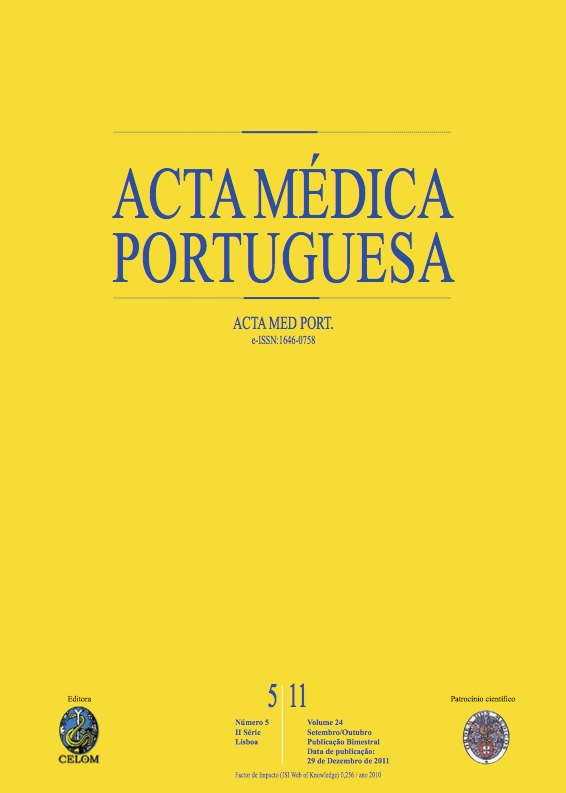Current management of gout.
DOI:
https://doi.org/10.20344/amp.507Abstract
Gout, one of the most prevalent rheumatic diseases in the world, results from deposition of uric acid crystals in several locations, particularly in joints, subcutaneous tissues and kidney. The classical treatments, although effective, are often poorly tolerated or contraindicated. Recently, new drugs have emerged for the treatment of hyperuricemia and gout, including febuxostat and uricase, which proved to be quite promising. Some drugs already used in other diseases, such as losartan, atorvastatin, fenofibrate and amlodipine also seem to have a role in monitoring the serum uric acid. This article reviews the pathophysiology, clinical management and current therapeutic options for Hyperuricemia and Gout.Downloads
Downloads
How to Cite
Issue
Section
License
All the articles published in the AMP are open access and comply with the requirements of funding agencies or academic institutions. The AMP is governed by the terms of the Creative Commons ‘Attribution – Non-Commercial Use - (CC-BY-NC)’ license, regarding the use by third parties.
It is the author’s responsibility to obtain approval for the reproduction of figures, tables, etc. from other publications.
Upon acceptance of an article for publication, the authors will be asked to complete the ICMJE “Copyright Liability and Copyright Sharing Statement “(http://www.actamedicaportuguesa.com/info/AMP-NormasPublicacao.pdf) and the “Declaration of Potential Conflicts of Interest” (http:// www.icmje.org/conflicts-of-interest). An e-mail will be sent to the corresponding author to acknowledge receipt of the manuscript.
After publication, the authors are authorised to make their articles available in repositories of their institutions of origin, as long as they always mention where they were published and according to the Creative Commons license.









